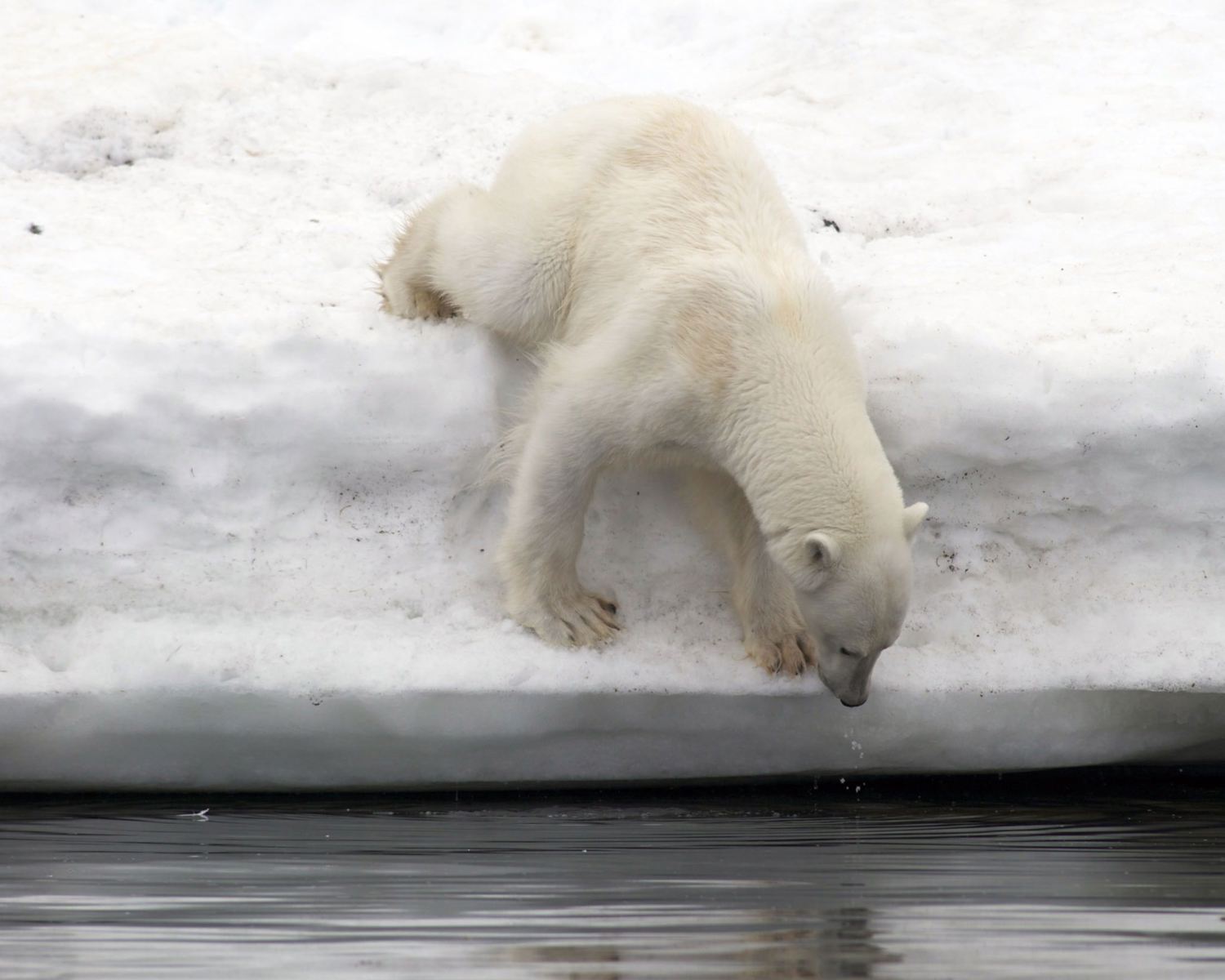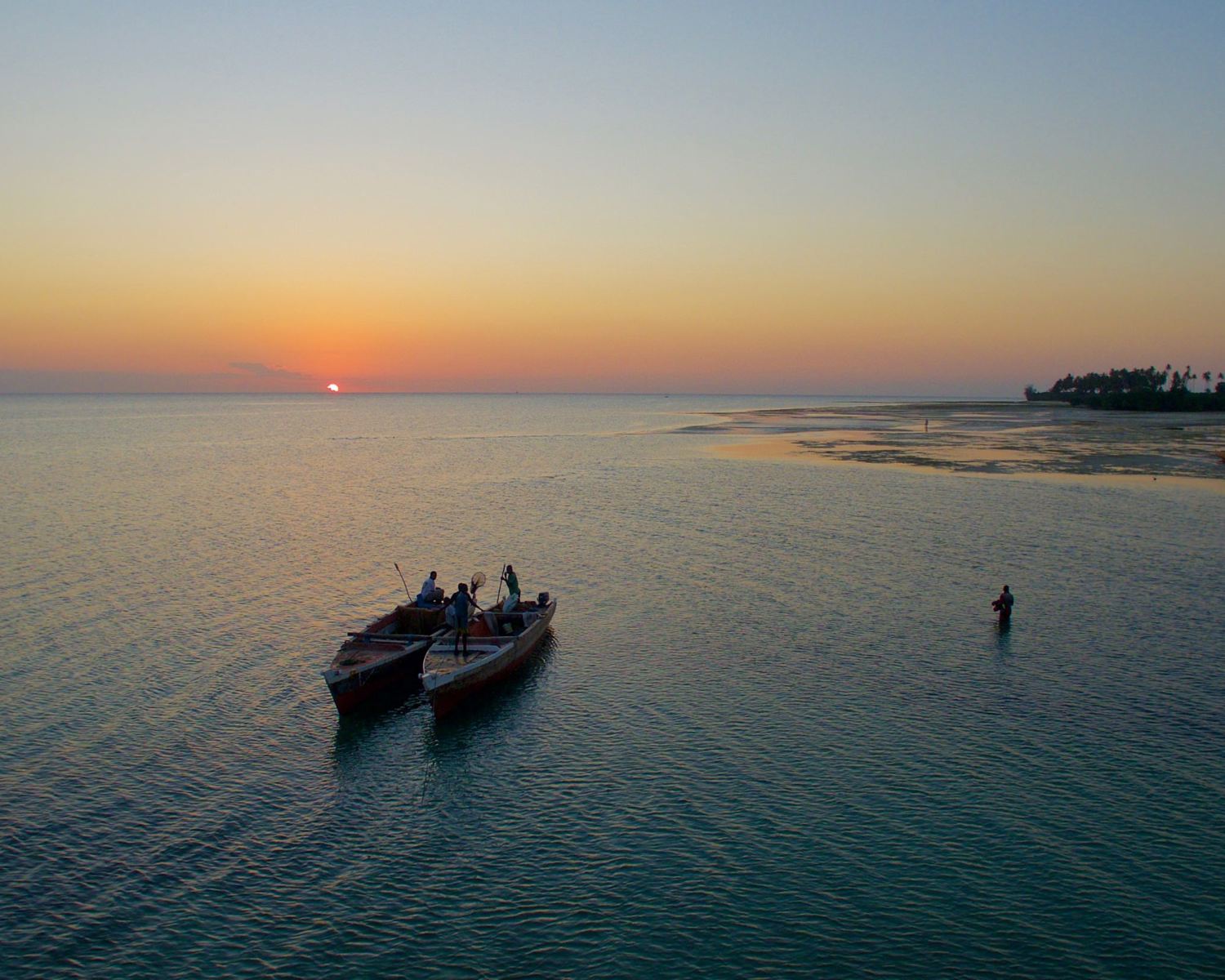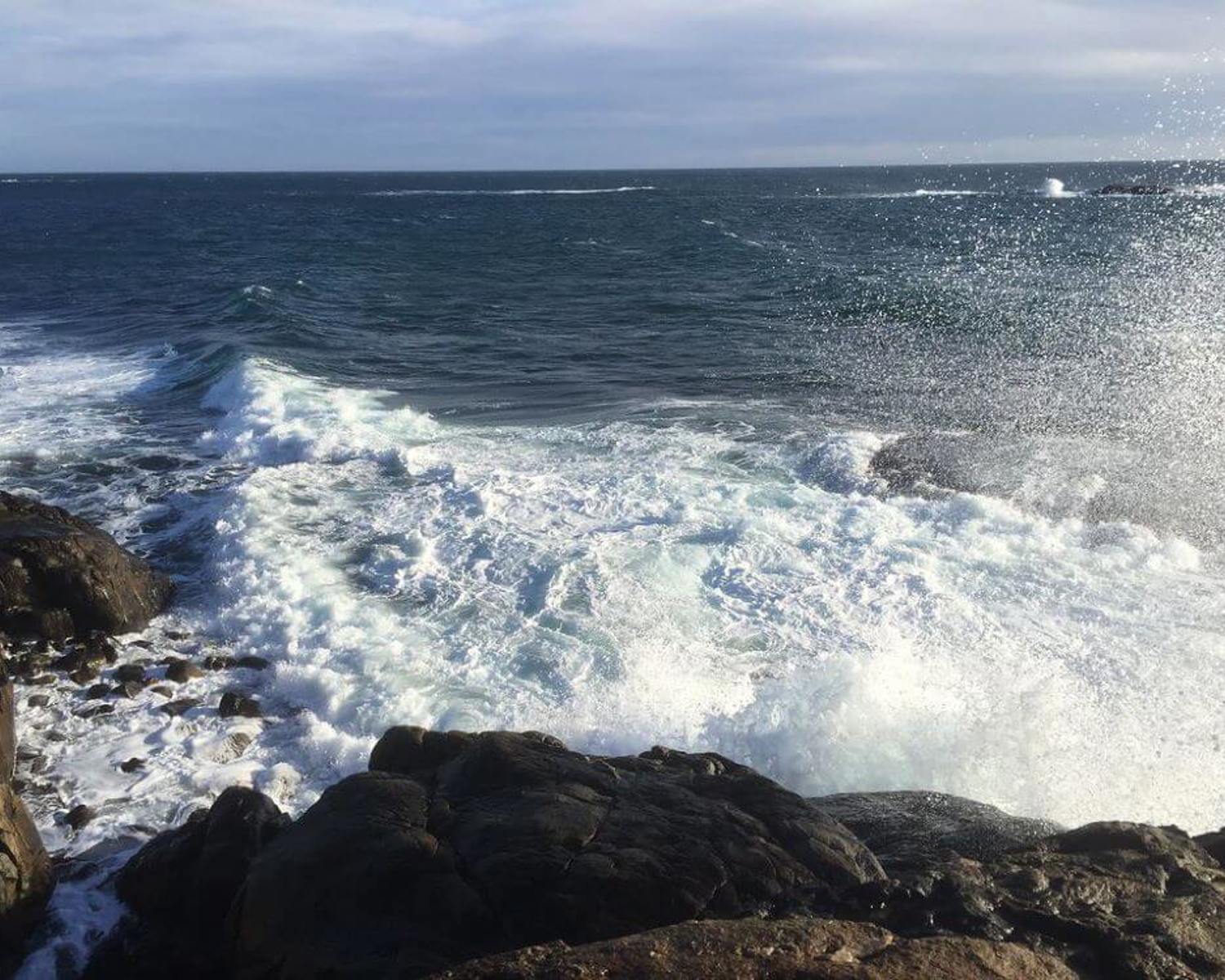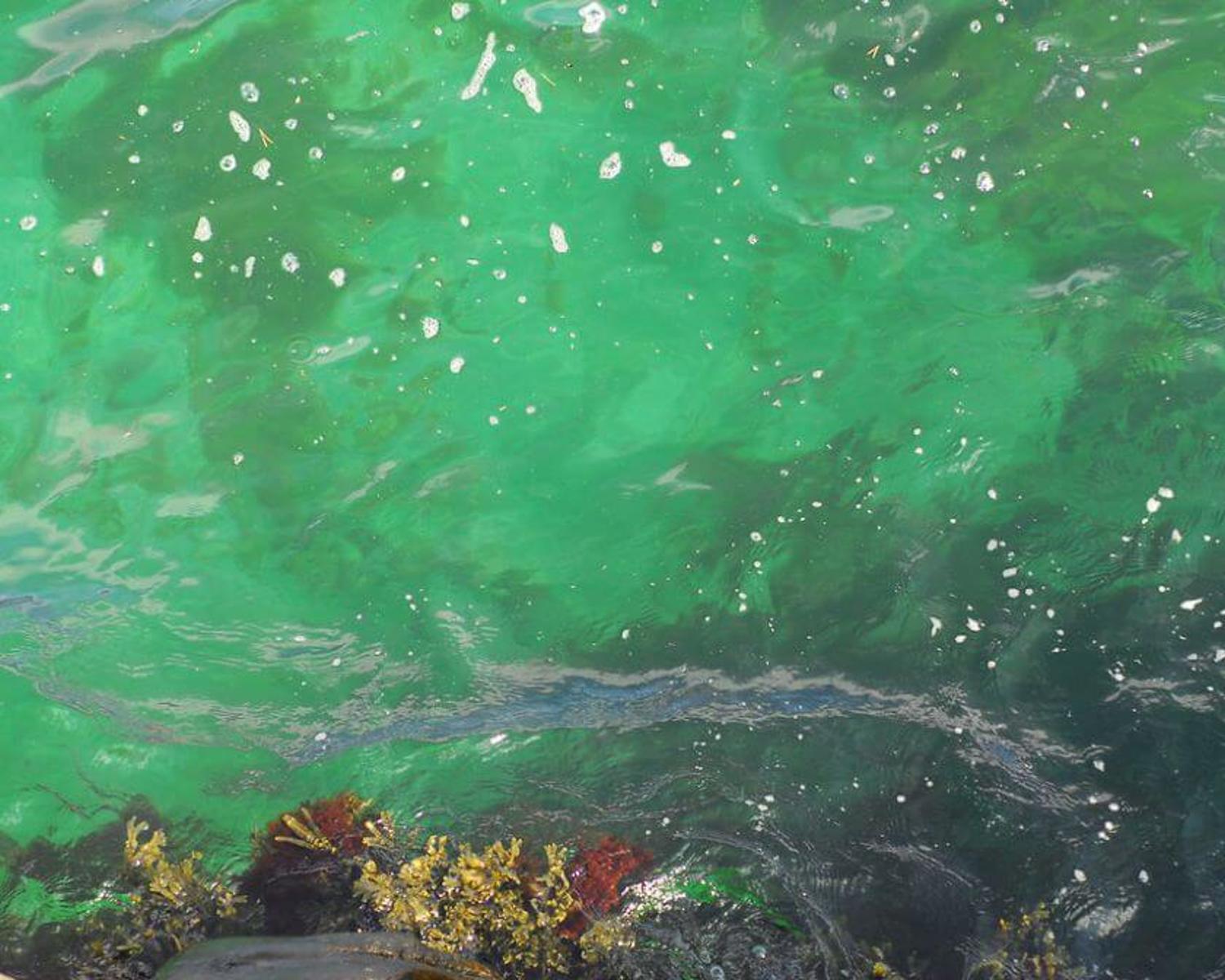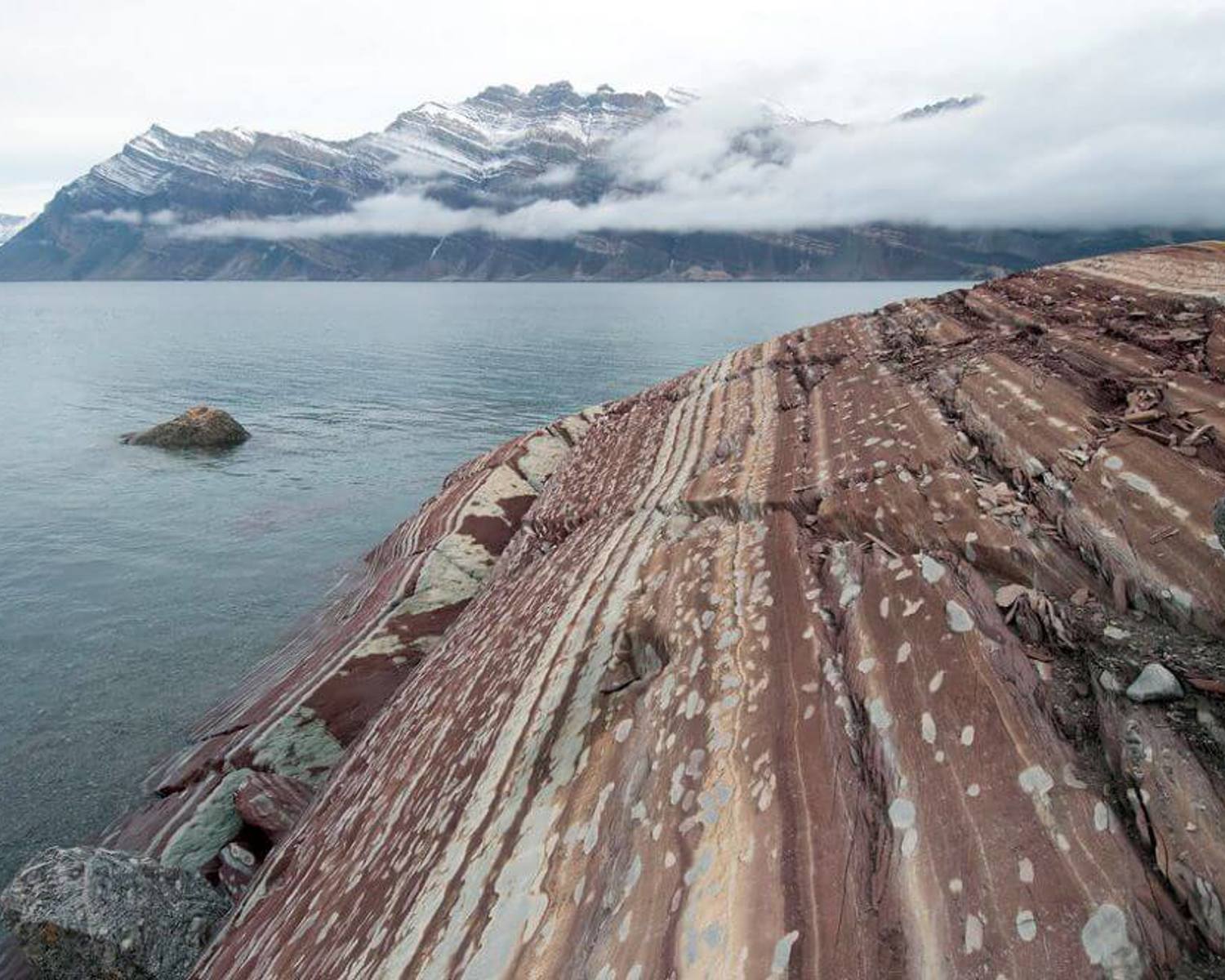Reindeer herding
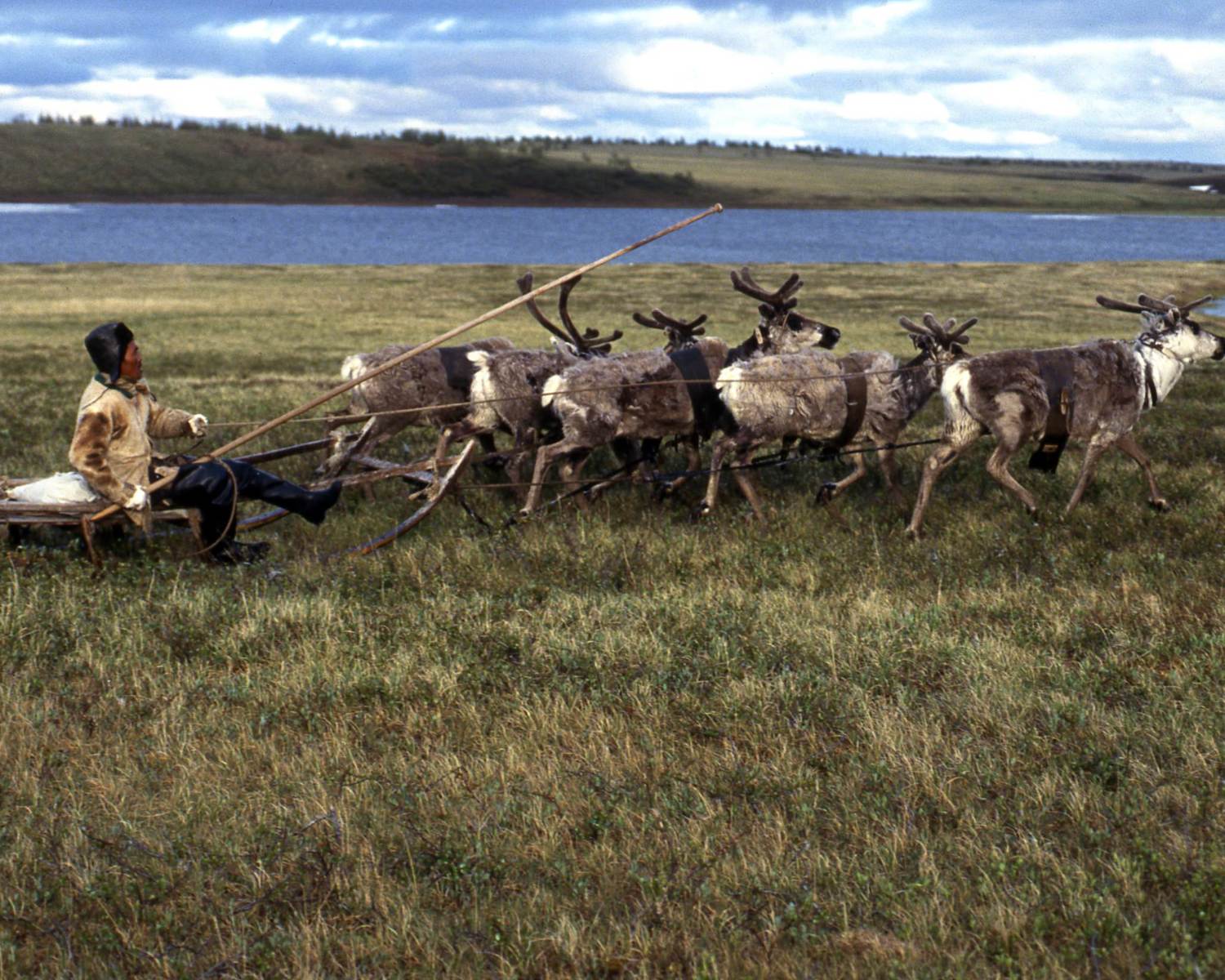
In many Arctic and Northern regions, domesticated or semi-domesticated reindeer (Rangifer tarandus) are the only large herbivores (Uboni et al. 2016). Reindeer play a crucial role in these ecosystems and in the livelihoods and traditions of multiple local and indigenous populations. In light of the major impact of climate change in the Arctic, the capacity of large herbivores to mitigate some of these effects is being explored. Herbivores can have different climate positive effects as they can reduce shrubification and slow ecosystem responses to climate change (Olofsson and Post 2018; Happonen et al. 2021), modify summer and winter surface albedo (te Beest et al. 2016), trample winter snow to thicken permafrost (Beer et al. 2020; Windirsch et al. 2022), and increase biomass and soil carbon sequestration (Ylänne et al. 2018; Ylänne et al. 2021; see also soil management).
The Arctic contains around 1.8 million reindeer on some 1.8 million km2 (Forbes et al. 2006), and the effect of wild caribou and domesticated reindeer have been found to be practically similar (Bernes et al. 2015). This makes the management of reindeer a potentially impactful measure alongside major rewilding efforts with multiple species as is done in the Pleistocene Park experiment (see re-wilding). Marin et al. (2020), however, clearly show that the case of failing reindeer policies in the northern Norwegian region of Finnmark exemplify the need for management strategies that are sustainable and not (primarily) focused on productivity. The main currently ongoing research project on reindeer management and presence in the Arctic is the multinational and multidisciplinary EU-funded CHARTER project (www.charter-arctic.org/), which, amongst other goals, seeks to provide clear policy advice on the potential of reindeer management in the region to mitigate some of the effects of climate change. CHARTER even uses the term ‘biogeoengineering’ for the large-scale management of reindeer grazing (see CHARTER Deliverable 5.2; N.B. This definition of biogeoengineering differs from how it is used elsewhere in this report). The project is still ongoing but was severely hampered by the break in relations with Russia mandated by the EU due to the Ukraine war. As a result, it has not yet released clear findings on potential scale and feasibility or form of potential management proposals.
Analysis overview

Technological Readiness Level (TRL)
High 3
Technological Readiness Level (TRL)
A technology with a TRL of 7-9: TRL 7 – prototype demonstrated; TRL 8 – system complete; TRL 9 – system proven

Scalability
High 3
Scalability
High ability to scale physically; exponential efficiencies

Timeliness for near-future effects
High 3
Timeliness for near-future effects
Implemented in time to make a significant difference

Northern + Arctic potential
Unknown 0

Global potential
Low 1
Global potential
Insignificant to be detected at a global scale

Cost - benefit
Unknown 0

Environmental risks
Low risk 3
Environmental risks
Very limited, site-specific effects restricted to the solution deployment location only

Community impacts
Beneficial 3
Community impacts
Significant benefits to communities

Ease of reversibility
Easy 3
Ease of reversibility
Easily reversible naturally

Risk of termination shock
Low risk 3
Risk of termination shock
Low or insignificant termination shock or damage

Legality/governance
Possible 3
Legality/governance
Currently legal to deploy, with governance structures in place to facilitate it and/or financial incentives to develop it

Scientific/media attention
Medium 2
Scientific/media attention
Some attention within the scientific community, including published research and funding programmes; some media attention; some commercial interest
References
Bernes C, Bråthen KA, Forbes BC, Speed JDM, Moen J. 2015 What are the impacts of reindeer/caribou (Rangifer tarandus L.) on arctic and alpine vegetation? A systematic review. Environ. Evidence 4, 4. https://doi.org/10.1186/s13750-014-0030-3
Bon, M., Hansen, B. B., Loonen, M. J. J. E. et al (2023). Long-term herbivore removal experiments reval different impacts of geese and reindeer on vegetation and ecosystem CO2-fluxes in high-Arctic tundra. https://doi.org/10.1101/2023.01.27.525821
CHARTER. n.d. CHARTER scientific background document: DRIVERS AND FEEDBACKS OF CHANGES IN ARCTIC TERRESTRIAL BIODIVERSITY (CHARTER) (2019), available at https://www.charter-arctic.org/wp-content/uploads/2020/11/DRIVERS-AND-FEEDBACKS-OF-CHANGES-IN-ARCTIC-TERRESTRIAL-BIODIVERSITY_Sci_background.pdf [Accessed 16 July 2024]
CHARTER. n.d. Definition of ‘biogeoengineering’ scenario experiments. CHARTER Deliverable 5.2; https://www.charter-arctic.org/wp-content/uploads/2022/11/Charter_Deliverable_D5.2_310122.pd [Accessed 16 July 2024]
Forbes, B. C., et al. (Eds.). (2006). Reindeer management in northernmost Europe: linking practical and scientific knowledge in social-ecological systems (Vol. 184). Springer Science & Business Media. ISBN-13: 978-354026087. 422 pp.
Heggenes, J., Odland, A., Chevalier, T. et al (2017). Herbivore grazing-or trampling? Trampling effects by a large ungulate in cold high-latitude ecosystems. Ecology and Evolution, 7 (16), pp. 6423-6431. https://doi.org/10.1002/ece3.3130
Horstkotte, T., Kumpula, J., Sandström, P., Tømmervik, H., Kivinen, S. et al. (2022) Pastures under pressure: Effects of other land users and the environment In: Tim Horstkotte, Øystein Holand, Jouko Kumpula, Jon Moen (ed.), Reindeer Husbandry and Global Environmental Change: Pastoralism in Fennoscandia (pp. 76-98). Taylor & Francis https://doi.org/10.4324/9781003118565-7
Köster, E., Köster, K., Aurela, M., Laurila, T., Berninger, F., Lohila, A. and Pumpanen, J. (2013). Impact of reindeer herding on vegetation biomass and soil carbon content: a case study from Sodankylä, Finland. Boreal Environment Research, 18:35-42. Available at http://hdl.handle.net/10138/165161 [Accessed 19 July 2024]
Marin, A., Sjaastad, E., Benjaminsen, T. A., Sara, M. N. M., & Borgenvik, E. J. L. (2020). Productivity beyond density: A critique of management models for reindeer pastoralism in Norway. Pastoralism, 10, 1-18. https://doi.org/10.1186/s13570-020-00164-3
Ministry of Agriculture and Forestry, Finland (1990). Reindeer Husbandry Act (848/1990; amendments up to 54/2000 included) Available at:https://www.finlex.fi/fi/laki/kaannokset/1990/en19900848_20000054.pdf [accessed 19 July 2024]
Rubin, S. (2022). In an ancient reindeer forest, one woman has found a way to slow climate change. The Washington post. https://www.washingtonpost.com/climate-solutions/interactive/2022/climate-change-reindeer-habitats-deforestation/ [Accessed March 8 2023]
Stark, S., Horstkotte, T., Kumpula, J. et al (2023). The ecosystem effects of reindeer (Rangifer tarandus) in northern Fennoscandia: Past, present and future. Perspectives in Plant Ecology, Evolution and Systematics, 58, 125716. https://doi.org/10.1016/j.ppees.2022.125716
Tarvainen, O., Hökkä, H., Kumpula, J., & Tolvanen, A. (2022). Bringing back reindeer pastures in cutaway peatlands. Restoration Ecology, 30(8), e13661. https://10.1111/rec.13661
Tuomi, M., Väisänen, M., Ylänne, H. et al (2020). Stomping in silence: Conceptualizing trampling effects on soils in polar tundra. Functional Ecology, 35 (2), pp. 306-317. https://doi.org/10.1111/1365-2435.13719
Turunen, M T., Rasmus, S., Järvenpää, J. and Kivinen, S. (2020). Relations between forestry and reindeer husbandry in northern Finland – Perspectives of science and practise. Forest Ecology and Management, 457 (1), 117677. https://doi.org/10.1016/j.foreco.2019.117677
Uboni A, Horstkotte T, Kaarlejärvi E, Seveque A, Stammler F, Olofsson J, Forbes BC, Moen J. 2016 Long-term trends and role of climate in the population dynamics for Eurasian reindeer. PLoS ONE 11, e0158359. (doi:10.1371/journal.pone.0158359) ///Kirchner, S. and Fresse, V. M. (2016). Sustainable Indigenous Reindeer Herding as a Human Right. Laws, 5 (2). https://doi.org/10.3390/laws5020024
Ylänne, H., Madsen, R. L., Castaño, C., Metcalfe, D. B., & Clemmensen, K. E. (2021). Reindeer control over subarctic treeline alters soil fungal communities with potential consequences for soil carbon storage. Global Change Biology, 27(18), 4254-4268. https://doi.org/10.1111/gcb.15722
Ylänne, H., Olofsson, J., Oksanen, L., & Stark, S. (2018). Consequences of grazer‐induced vegetation transitions on ecosystem carbon storage in the tundra. Functional Ecology, 32(4), 1091-1102.https://doi.org/10.1111/1365-2435.13029

